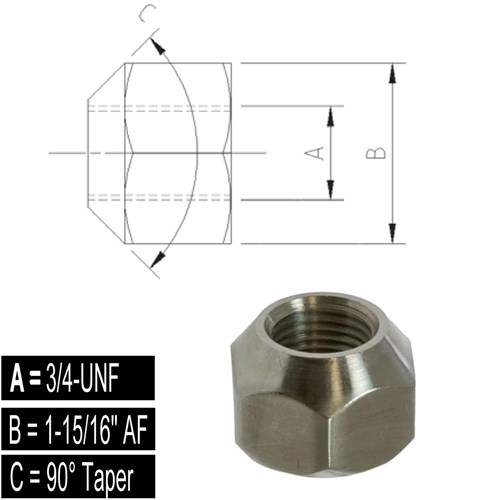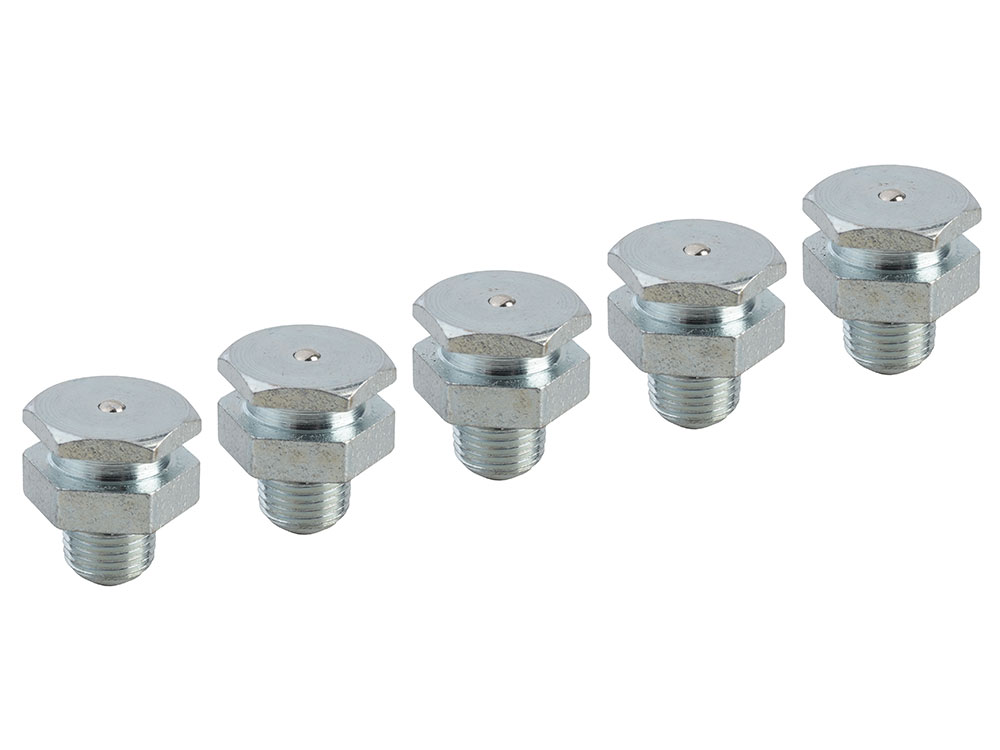

75 = Percentage of bolt material proof strength. It is calculated using the following formula.

A s = Bolt Thread Tensile Stress Area (in 2)īolt clamp pre-load force is calculated using the bolt material proof strength and its tensile stress area.The tensile stress area of the threaded portion of a fastener is determined by the size (diameter) of the bolt and by the thread pitch (spacing), as follows. This is due to thread form error and slight differences in thread size and pitch that result in an inconsistent make-up between the male and female threads.Ī common rule-of-thumb is to provide a minimum length of thread engagement equal to the (major) diameter of the fastener.Ī more conservative rule-of-thumb is to use a thread engagement length of 1-1/2 times diameter. In reality, however, only the first few threads of a threaded connection are actually involved in sharing the fastener clamping force. The objective is to assure that the engaging threads will not strip under the loading that the bolt is able to apply.Īt first, it would seem logical to simply increase the length of thread engagement by as much as required to overcome the limitations of engaging with a material of limited proof strength. Obviously, regardless of the material strength of the bolt and the nut, an effective clamping system will not occur unless proper fastener thread engagement exists. This listing may be useful when determining an appropriate de-rated torque value when engaging with lower proof-strength materials. Unlike most bolt torque charts, this particular chart also lists clamp loads and torque values that correspond with bolt material stresses of 10,000 and 25,000 psi. If the nut material is the limiting factor in the fastening system, then obviously increasing the material strength of the bolt will have no effect on increasing the clamping capability of the assembly.Īlso, if the nut material is the limiting factor, the maximum clamping capability (and corresponding bolt torque) of the assembly needs to be de-rated accordingly. Should be equal or greater than the ultimate tensile strength of the bolt (the material with the external thread). The proof strength of the nut (the material containing the internal thread)

In order to determine the torque value of a bolt and nut assembly based on just the material strength of the bolt itself, the materials of the assembly should follow this guideline.

Although material properties vary, an approximate estimate of proof strength is 85% - 90% of its yield strength.Īs noted in the chart, bolt proof strength varies depending on the fastener grade and also upon its diameter in some cases. at 75% of the material proof strength.īolt proof load is defined as the maximum force that the material can support without experiencing permanent deformation. This RepairEngineering bolt torque chart was created assuming a value at the mid-point of that range. Reference 2 below recommends a fastener preload in the range of 60% - 90% of the bolt material proof load. Most bolt torque charts, including this one, are based on the material strength of the bolt - the component containing the external thread.


 0 kommentar(er)
0 kommentar(er)
